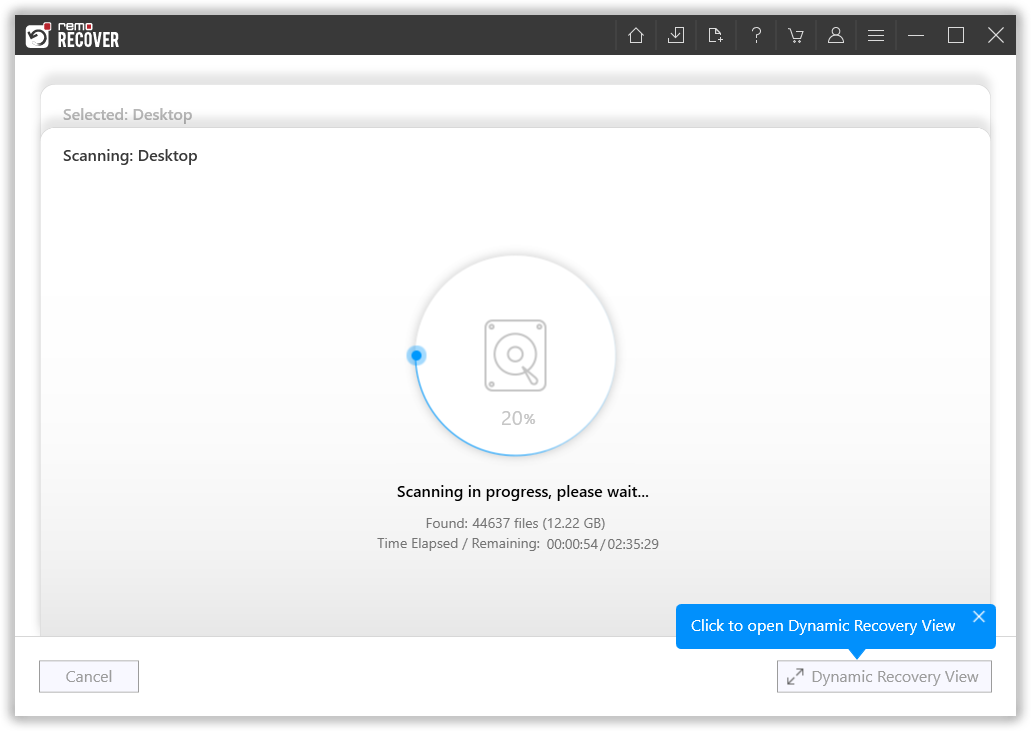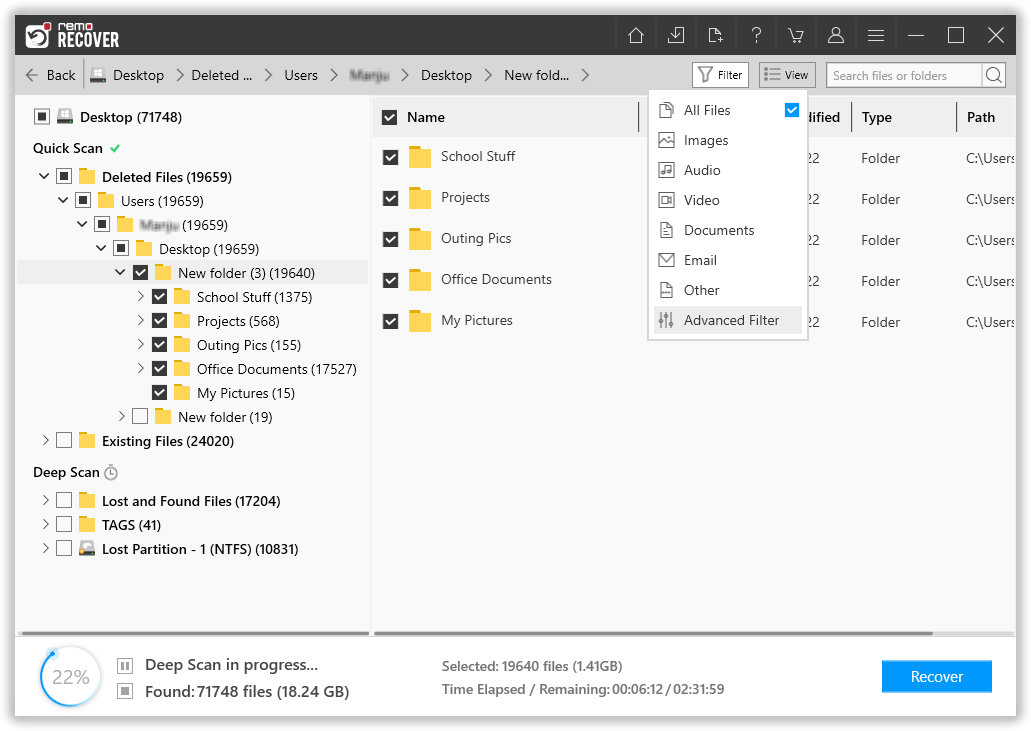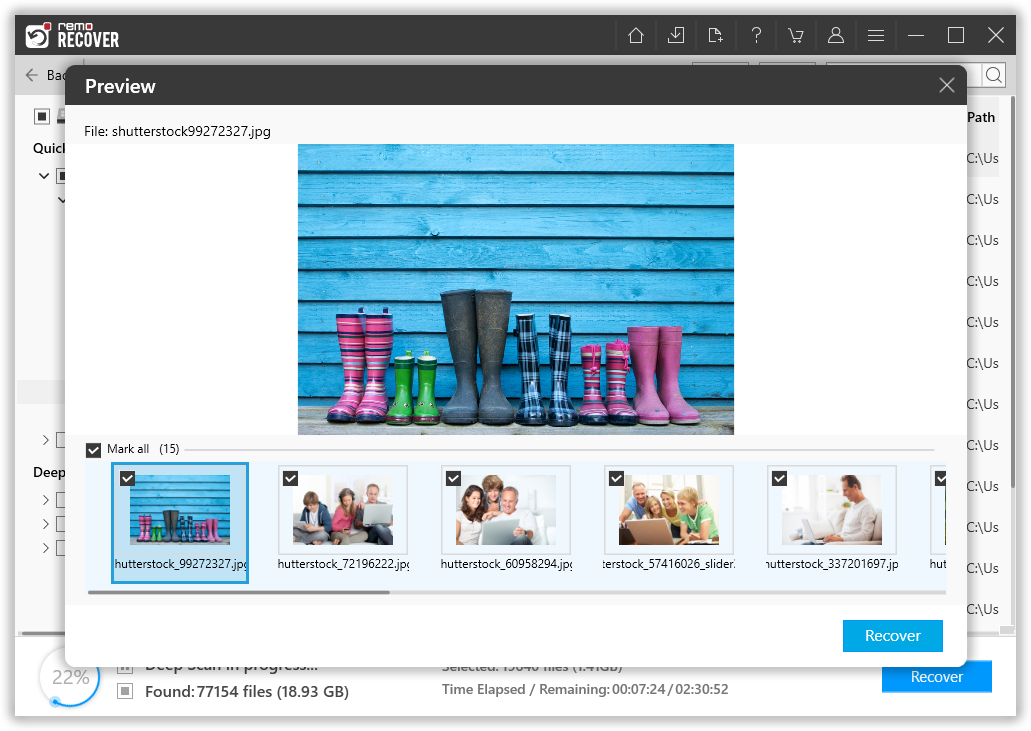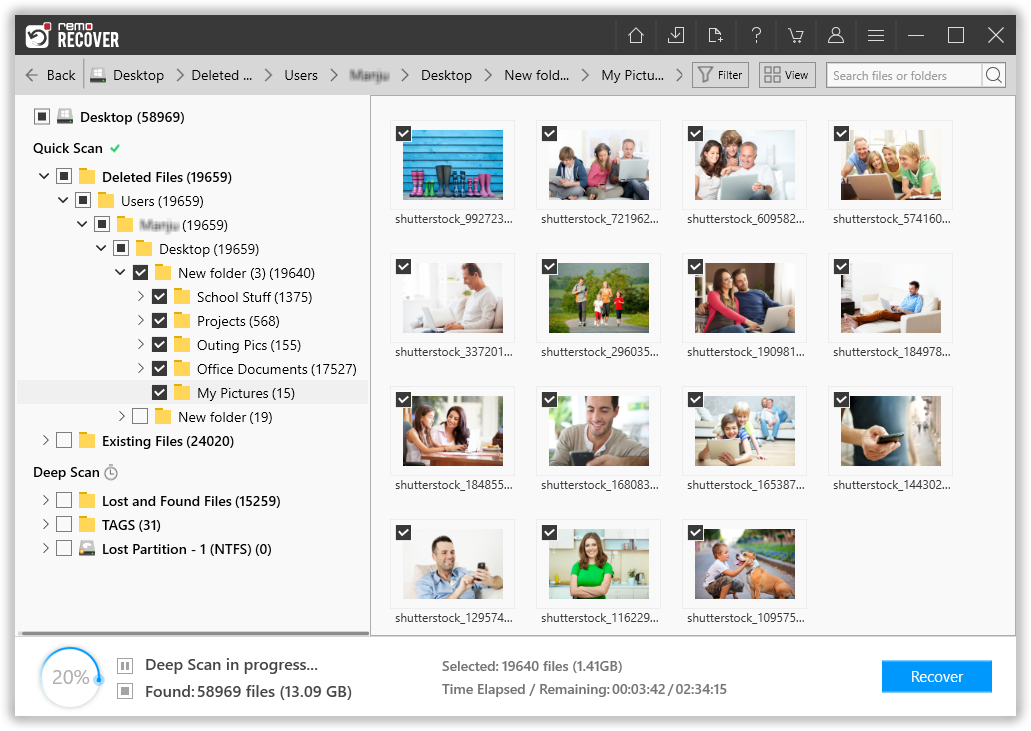How to Recover Files & Folders from RAW External Hard Drive?
- Recovers data from the hard drive that is turned to RAW due to virus infection, file system corruption, incomplete or improper format, etc.
- Compatible with all brands and types of external hard disk drives
- The trial edition of the software permits free preview of the recovered files prior to purchase
- Supports RAW file system along NTFS, NTFS5, FAT16, FAT32, exFAT, HFS, and HFS+
You might encounter situations where your external hard drive containing vital documents, your family photos, songs, videos turn RAW. A RAW external hard drive is a condition where your computer fails to identify the file system on the external hard disk. Generally, external hard drive becomes RAW when the file system gets corrupt or damaged.
Hard drive turned RAW
Symptoms of a RAW external hard drive include the Windows prompts error prompts like- “This drive in disk not formatted. Do you want to format it now?”. The file names might also contain “weird” characters. But restoring your valuable data from the external HD drive is much simple by using a powerful Folder Recovery software.
Major reasons for external hard drive to become RAW:
- While accessing data from external hard drive, if there is a power failure or improper system termination then the file system may get corrupted and might turn RAW
- Incorrect format or reformat operations
- Severe virus/malware infection on the external hard disk file system
A RAW drive will also prompt you to format the drive and if you proceed to format the drive the entire drive data will be wiped from the disk storage. Nevertheless, you can easily get back data from formatted or RAW external drive by utilizing the Folder Recovery application.
Easily restore RAW external drive data
The Folder Recovery application serves to be the perfect solution to retrive files and folders from a RAW drive. It uses a unique algorithm that scans and extracts the data from a RAW formatted drive. This tool also helps to recover data during all other instances of data loss from the external drives. It is highly capable to recover files from Hitachi hard drive, Kingston, Iomega, WD, Buffalo, Iomega, Samsung, and many more brands of hard drives with utmost ease.
This RAW drive data recovery application supports all disk file systems (FAT, exFAT, NTFS, HFS, HFS+, etc.). So, one can easily retrieve external drive data on any edition of Windows and Mac systems. Supported OS versions include Windows 10, 8, 7, XP, Vista, High Sierra, Sierra, El Capitan, Mavericks, Yosemite, Mountain Lion, Snow Leopard, Leopard, Lion, etc. You can read more about the steps to restore deleted NTFS partition Windows 7 using this utility.
Moreover, the Folder Recovery program is also available in a free demo version. You can recover data, preview then and also evaluate the recovery results in the trial version itself.
With the assistance of this software, you can recover files from a formatted SSD drive, system disk, USB flash drives, iPods, SSD, memory cards, etc. Get more details about how to recover files from a corrupted hard disk with ease. Using this software, you can also recover deleted folder from C drive and other disk partitions on your PC.
Steps to Recover Files from RAW External Hard Drive:
Step 1: Launch the Folder Recovery program on your PC.
Step 2: Attach the external RAW drive to the system where the recovery program is been installed.
Step 3: On the main screen, click on the Recover Files option.
Step 4: Continue to hit on the Scan button.

Figure 1: Recover Partitions/Drives
Step 5: The RAW drive will be now deep scanned for files and folders.

Figure 2: Scanning for Folders
Step 6: The files fetched upon scan will be displayed in File Type View and Data View.

Figure 3: Recovered Folders
Step 7: The files in the list of recovered files can be previewed with a right-click.
Step 8: After confirming the restoration of required files, you can mark them for saving.

Figure 4: Preview Window
Step 8: Specify a desired location to save the files retsored from the RAW external drive. Tap on the Save button.

Figure 5: Save Recovered Folders